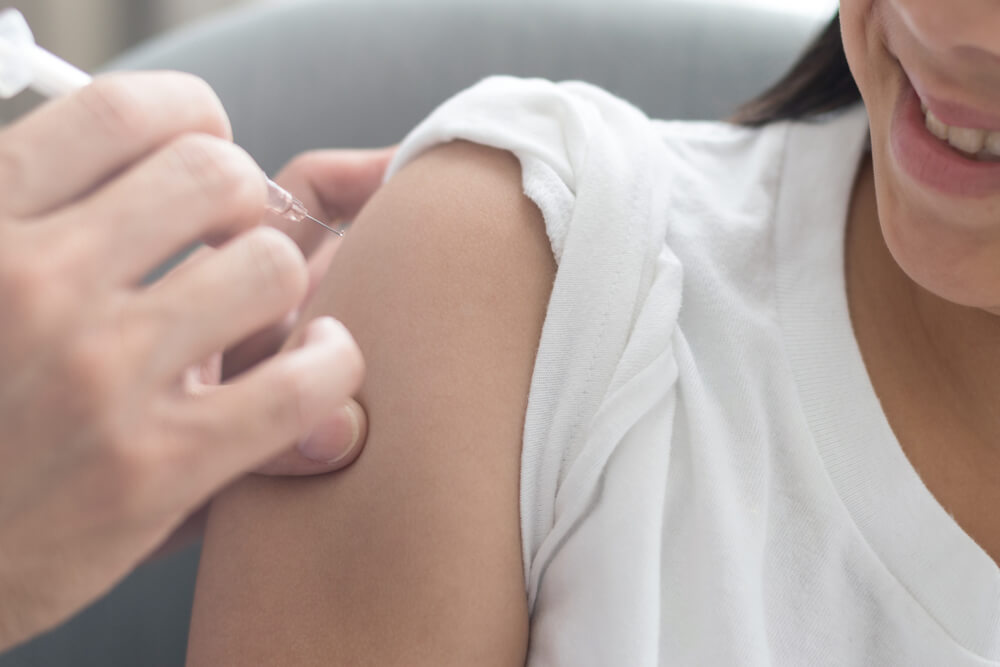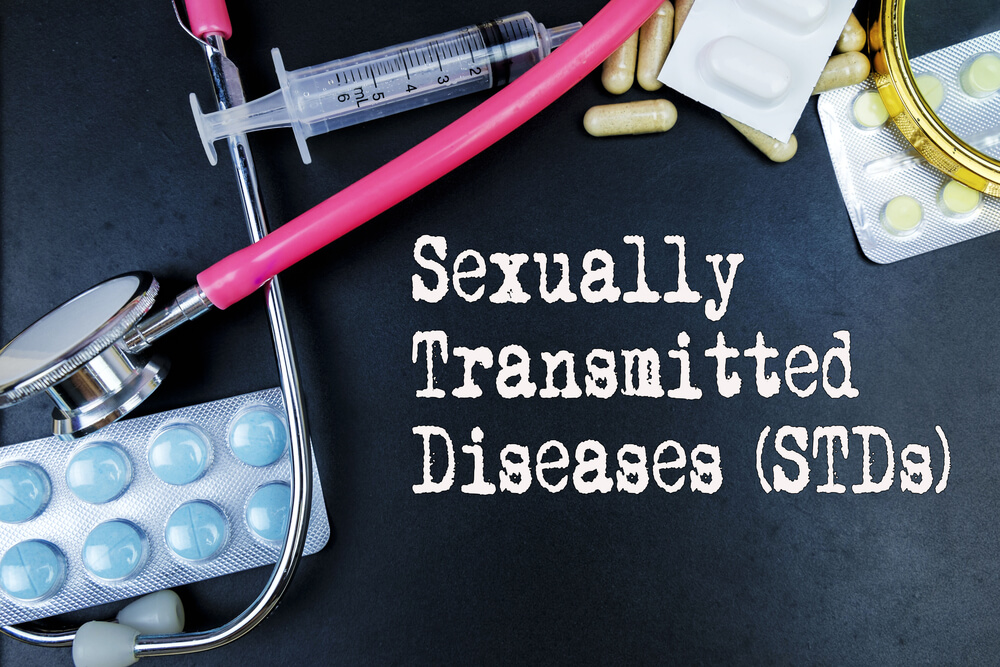Sexually transmitted diseases, or STDs for short, significantly impact reproductive and sexual health across the planet. Believe it or not, over one million people contract an STD each day. Even though this number is alarming, people worldwide fail to educate themselves on STDs further; thus, the diseases spread. This article goes through some of theessential facts about STDs to keep in mind.
Before jumping straight into the details, we want to remind you always to consult a healthcare professional and visit a clinic frequently (especially if you’re sexually active and switching between partners!). STD testing in Miami could be your best choice if you’re in the area.
That being said, here are some crucial facts on STDs, including symptoms of STD in a female, what STDs are treatable, and more.
Symptoms of STDs in Men and Women
To kick off this article, let’s briefly discuss the common symptoms in both genders. If you notice any of the following, you may have a sexually-transmitted disease.
Symptoms of STD in a Female
- Itching or burning in the vagina
- Pain around the pelvis
- Painful intercourse
- Discharge or unpleasant odor from the vagina
- Blisters, bumps, and sores in/around the mouth, anus, or vagina
Symptoms of STD in a Male
- Itching or burning in the penis
- Pain around the pelvis
- Blisters, bumps, and sores in/around the mouth, anus, or penis
- Having to urinate frequently
- Discharge from the penis
It’s also important to mention that some diseases such as HPV can’t be detected in men (although they can also be carriers of the virus).
Also, trichomoniasis is a disease that usually doesn’t have any symptoms, so many individuals may not even know they’re infected. If there are signs, the symptoms of STD in a female for trichomoniasis include unusual vaginal discharge (change in color and smell) and discomfort when urinating.
If you’ve noticed any of these symptoms of STD in a female, immediately contact a reputable healthcare provider for guidance. Although prevention is best, detecting a disease early on reduces the chances of further complications.
Top 10 Facts About STDs

The best way to reduce your risk of infection is to, first of all, educate yourself on sexually transmitted diseases. If you are sexually active or have multiple partners, you also want to practice safe sex. Here are ten facts about STDs you need to be aware of.
- Chlamydia is one of the most commonly acquired STDs, with around 129 million having contracted it in 2020.
According to the STD facts from 2020, around 374 million people contracted one of the following four STDs that year: chlamydia, gonorrhea (a whopping 82 million), trichomoniasis (156 million), and syphilis (7.1 million). Some of the most common symptoms you may have of chlamydia include:
- Bleeding post intercourse.
- Pain in the pelvis or stomach.
- Unusual discharge from the vagina.
- The main cause of cervical cancer is HPV infection.
HPV or the human papillomavirus is a common viral infection that affects both men and women. Usually, this virus spreads via unprotected oral, anal, or vaginal sex, and it’s categorized into two groups: low-risk and high-risk. Based on the STD facts, low-risk HPV doesn’t usually cause disease. However, high-risk (such as HPV 18 and 16) can cause cancer in both genders.
- STDs like syphilis can boost the risk of getting HIV.
Moreover, individuals with HIV have a higher chance of shedding HIV when they have genital ulcers or urethritis. The transmission of HIV can be prevented with antiretroviral treatment for the illness.
- Women between 21 and 29 should visit a gynecologist each year for a routine exam.
Naturally, women who become sexually active before the age of 21 should visit a professional earlier. In-between visits may also be required if there are any issues. We highly recommend booking an appointment with a professional like Dr. Konstantin Nikitin.
- There are multiple risk factors for spreading HIV and other STDs.
For example, patients may acquire a sexually transmitted disease via oral, vaginal, or anal sex if they have direct skin-to-skin contact. Moreover, people with multiple partners or anonymous partners are at higher risk. We don’t need to consult the STD facts to know that drugs and alcohol can also boost the risk of diseases (since these lower inhibitions and lead to risk-taking behavior).
- There is only one 100% effective way to avoid STDs – abstain from sexual intercourse.
Unfortunately, there are no contraceptives that are 100% effective in protecting you from diseases. However, according to STD facts, male condoms are around 90% effective in reducing the transmission of HIV. Of course, this is when the condoms are used correctly. Never reuse a condom.
- Most STDs can be cured with antiviral medication or antibiotics.
Here is some good news before wrapping up these these ten facts about STDs: Most usually go away with the appropriate treatment. You may be asking what STDs are treatable in the first place? The treatable ones include gonorrhea, trichomoniasis, syphilis, and chlamydia. On the flip side, herpes simplex virus, hepatitis B, HPV, and HIV are incurable sexually transmitted diseases.
Before stressing about “what STDs are treatable”, please make sure to follow the precautions for safe sex and visit a gynecologist every year.
- Oral herpes (HSV-1) can lead to genital herpes (HSV-2).
Genital herpes is a common sexually transmitted disease caused by either the herpes simplex type 1 or type 2 virus. The typical symptoms of oral herpes include fever, blisters, or cold sores around the mouth, but many people don’t have any symptoms at all. The majority of people with oral herpes acquired the condition in childhood from non-sexual contact via saliva. Based on the STD facts, there is a link between oral and genital herpes, and one can cause the other through oral sex.
- Mother-to-child transmission of a sexually transmitted disease can lead to stillbirth.
In 2016, around 1 million expecting mothers had active syphilis. This resulted in more than 350,000 tragic birth outcomes, including neonatal death and sepsis.
- There are effective vaccines for HPV and hepatitis B.

In 2020, the vaccine for HPV became a part of routine immunization in 111 countries. We hope that safe and effective vaccines against HIV and herpes will also come to light in the near future.
Conclusion
All in all, sexually-transmitted diseases shouldn’t be taken lightly, so it’s always important to practice safe sex or, even better, abstain from sexual intercourse. Hopefully, this article helped bring this topic closer to you and that you learned a thing or two about STDs.
Book an Appointment Today
Take care of your health and live a long and healthy life. If you’re worried about illnesses and want to know the best way to prevent or treat them, make sure to book an appointment with us today.


